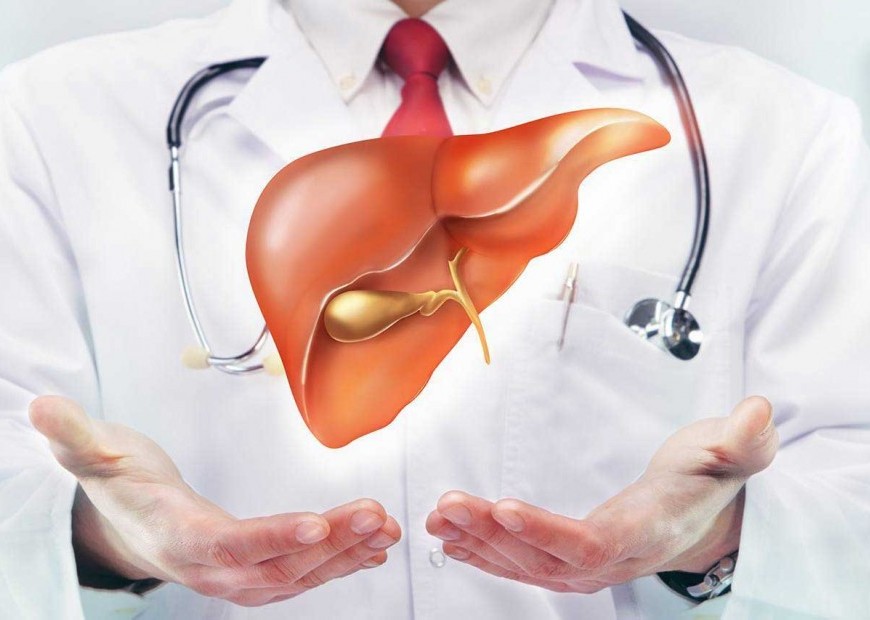Living Donor Liver Transplantation in the Philippines
The rates of deceased donor organ donation in Asia, and in particular the Philippines, are far lower than those in the United States and Europe. The graft shortage is often the result of cultural and religious barriers, inefficiency of government funding and support, and the low acceptance of brain-death due to poor information. The development of living donor liver transplantation (LDLT) in the Philippines, similar to other countries in Asia, was driven by the limited deceased organ donation and a response to the growing demand for the option of liver replacement. In LDLT, the partial liver graft is taken from a healthy individual (donor) and is usually the patient’s parents, sibling or relative. Therefore, donor safety, altruistic intent, and informed consent are paramount in any LDLT operation.
The first liver transplant (LT) in the Philippines was performed on August 6, 1988. The graft came from a deceased donor (brain-dead donor). The first pediatric LDLT was done on April 12, 1996 in a biliary atresia patient. This mother-to-child LDLT operation was performed by Prof. Chao-Long Chen, a pioneer LT surgeon from Taiwan, upon the invitation of Dr. Enrique T. Ona. After a long hibernation, renewed enthusiasm in LT in the country was rekindled with a successful pediatric LDLT on January 7, 2011.
Living donor liver transplantation was initially performed only on pediatric recipients using a left lateral segment graft. With experience, the indications for LDLT have been extended to adult recipients where a right lobe graft is mainly used due to volume requirement. The first right lobe adult-to-adult LDLT in the Philippines was performed at St. Luke’s Medical Center-Global City on May 19, 2014 in a female patient with hepatitis B virus-related liver cirrhosis. This patient is surviving to-date. This was followed by succeeding adult-to-adult LDLT cases also in the same center. Due to donor risk if a larger volume graft is taken from the donor, the left lobe liver graft was poised as an alternative. The first left lobe adult-to-adult LDLT in the Philippines was performed in St. Luke’s Medical Center-Global City on November 22, 2015. The recipient is doing well to-date. The first adult LDLT for hepatocellular carcinoma (HCC) in the Philippines was also performed at St. Luke’s Medical Center-Global City on March 21, 2015. The recipient is surviving to-date without any HCC recurrence.
Chronic liver disease constitutes a major public health concern in the Philippines. The Department of Health estimates that 5,000 Filipinos die yearly from cirrhosis and its complications. HCC, the most serious complication of chronic liver disease, is the 4th leading cause of cancer in the country. Among men, it is second only to lung cancer. The major cause of cirrhosis and HCC is chronic infection with hepatitis B. LT is the most effective treatment for small and unresectable HCCs when there is no major vascular invasion by the tumor. By virtue of the radicalness of the total hepatectomy (removal of the entire liver), a clear resection margin is guaranteed. Furthermore, there is no remaining liver with premalignant potential. Excellent survival is unquestionable if standard patient selection criteria are met. After the initial success of LT for HCC demonstrating comparable survival to curative resection, LT has been recommended as a primary treatment for unresectable HCC within standard criteria. The Milan criteria became the gold standard for selecting patients for LT since 1996. The University of California San Francisco criteria have modified the Milan criteria with similar survival. LDLT has been adopted as an alternative treatment for HCC in countries or areas where deceased donor liver transplantation (DDLT) is not readily available.
In the pediatric age group, the most common cause of end-stage liver disease is biliary atresia followed by metabolic liver diseases that are treatable LT. The worldwide incidence of biliary atresia is 1 in every 14,000 livebirths. The live birth rate in the Philippines is 2% which translates to an approximate 100 cases yearly.
The development of LDLT in the country has put the Philippines at par with other centers in the world performing LT. It has offered patients a better quality of life and chance for longer survival without the long waiting time for a brain-dead donor.
Before, Filipino patients in need of a liver transplant are usually brought to Hong Kong, Taiwan, or Singapore. The costs are often prohibitive, with estimates running from 6 million to 9 million pesos. With the availability of the technology and expertise, it is but natural that liver transplantation be eventually performed in the country. The cost of transplantation may be markedly reduced and we may be able to offer the procedure to a larger group of patients.
St. Luke’s Medical Center-Global City hopes to alleviate the problems of Filipinos going abroad to avail of treatments for liver failure and malignancies. The St. Luke’s Medical Center-Global City Center for Liver Disease and Transplantation is a specialized center that caters to individuals with advanced or complex liver diseases that require expertise of a multidisciplinary team of specialists providing holistic care. The center also advocates prevention and prompt detection of early disease. The center is staffed by highly trained specialists who honed their clinical expertise from reputable institutions abroad. St. Luke’s Medical Center-Global City, stands strong in its commitment to service Filipinos through innovative strategy of world class healthcare delivery by way of LT.
Allan M. Concejero, MD, MBA, FPATACSI is a Taiwan-trained liver transplant surgeon. He is currently the head of liver transplant surgery at St. Luke’s Medical Center-Global City. He has more than 90 publications in international as well as local scientific journals and more than 120 presentations in international and local conferences. For inquiries, call the St. Luke’s-Global City Liver Disease and Transplant Center at (632) 7897700 ext. 2038.





